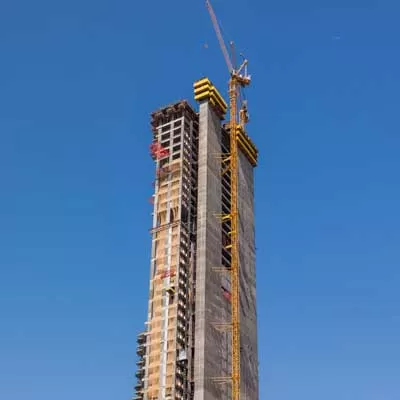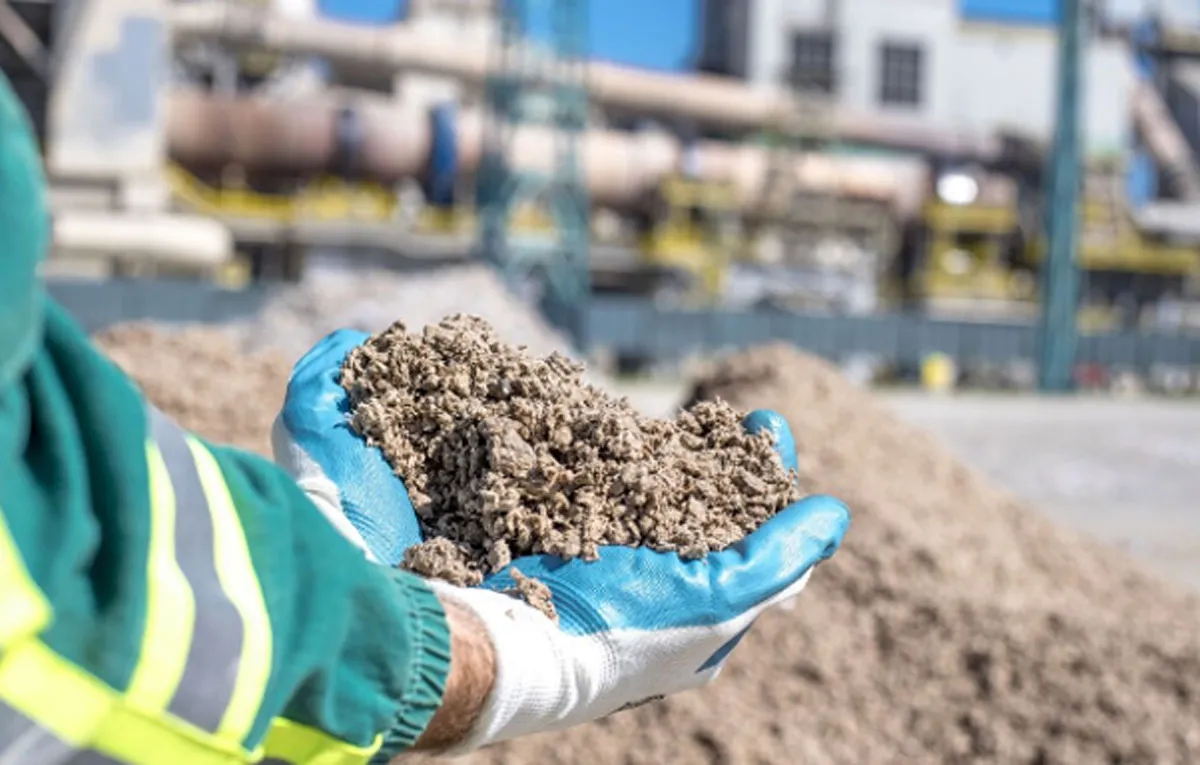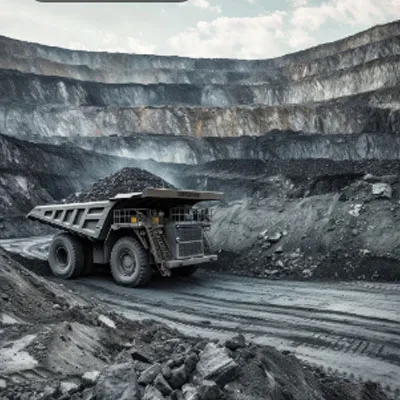Material handling plays a critical role in tall building construction, helping to adhere to timelines and enabling safe, efficient operations. When building tall, limited space and vertical movement challenges make it essential to plan logistics comprehensively, factoring in crane reach, lift placement and material flow. Traditionally, developers rely on tower cranes, material hoists and self-climbing platforms to manage vertical transport, while designated laydown zones and prefabricated components help reduce onsite movement, according to Sudharshan KR, Chief Projects Officer, Mahindra Lifespace Developers.CW explores all these aspects.Cranes & forkliftsFor projects that are above 15 floors going up to 28 floors, as in Auriga, Concorde uses tower cranes, both external and self-climbing mast cranes, to lift heavy loads like steel, aluminium shuttering material, etc, shares Anil RG, Managing Director.At Kalyani Developers’ flagship residential project LivingTree in Bagalur, spanning more than 2,500 units across multiple towers, tower cranes have been deployed to handle steel and aluminium formwork. “The formwork is customised to full apartment scale, with transfer cutouts designed at every slab level to ensure seamless vertical movement during shuttering and reinforcement activities,” says A Mohan Raju, MD & CEO, Kalyani Developers.Positioning high-capacity tower cranes for optimal coverage and minimal repositioning helps maximise efficiency while minimising the environmental impact, Shivam Agarwal, VP -Strategic Growth, Sattva Group, tells us.Concorde uses forklifts to lift and transport heavy materials and pallets. At Mahindra Lifespace Developers’ Kalyan site, forklifts efficiently lift palletised tile boxes and bulk materials to address labour shortages. Palletisation helps shift materials.Deploying hoistsThe Sattva Group is behind Sattva LakeRidge (150 m/ 450 ft) Sattva Songbird (95 m/311 ft), Sattva Lumina (90 m/295 ft) and Sattva Image Tower, India’s first precast commercial tower (120 m/400 ft). Central to Sattva’s success is the strategic implementation of dual-hoist systems from project inception. “This approach features dedicated material hoist-ways exclusively for material transport, eliminating personnel-cargo conflicts, while separate personnel hoist-ways within integrated steel frameworks ensure efficient human transportation,” elaborates Agarwal. “Such separation facilitates uninterrupted vertical movement, dramatically reducing congestion and minimising labour fatigue.”Concorde also uses separate material hoists and passenger hoists to transport workers and materials vertically.At Kalyani Developers’ LivingTree, material hoists are used to transport finishing materials like tiles, electrical conduits, plumbing material and paints efficiently across all floors.Equipment maintenancePeriodic inspections of tower cranes and hoists, including the condition of the rope, load tests and hydraulic overhauling are vital, says Raju. He recommends using only certified lifting and handling equipment and getting a certified third-party to calibrate machinery for operational precision and compliance.Concorde practices the regular maintenance of material handling equipment through various checklists and work permits from its safety team, according to Anil.Operator managementRecruit experienced personnel to handle equipment and to train workers on equipment usage and safety protocols, Anil adds.Periodically conducted operator training helps to ensure compliance with the latest safety protocols, agrees Raju. Further, managing operators by shifts ensures well-rested operators. Shifts should be no longer than eight hours. He also recommends regular toolbox talks for labour teams to reinforce site discipline and safe practices.Just-in-time deliveryJust-in-time delivery brings materials onsite when needed, effectively reducing onsite crowding and reduced potential wait time, shares Nimish Ajmera, Director and Head of Design and Architecture, Ajmera Realty & Infra India, based on his experience of constructing Ajmera Manhattan.Not only does just-in-time delivery avoid onsite clutter, it also helps optimise the utilisation of available storage, adds Sudharshan. “Tools like BIM and scheduling software are key to coordinating deliveries and just-in-time material management, further optimising equipment use.”Best practicesAccurate forecasts and schedules underlie just-in-time delivery. Accurately forecasting the requirement of materials helps avoid under-stocking and over-stocking. Close coordination with suppliers ensures timely deliveries. Scheduling deliveries in advance avoids delays as well as pileups. Scheduling night deliveries avoids disruptions and ensures timely material arrivals. One can stagger construction so that the space can be utilised to stack materials. Storage spacesAt Mahindra Lifespace Developers, efficient material handling in tall buildings is achieved by designating storage spaces on interim floors, reducing time and effort on lead and lifts, says Sudharshan. The Sattva Group organises materials by floor to streamline dispatch and reduce floor-level handling, and optimise the continuity of workflows.For the safety of everyone onsite, strict adherence to safe storage practices is necessary. At Concorde, safety and project heads conduct regular audits with respect to material storage and handling practices to prevent accidents, says Anil. “Meticulous planning ensures the proper utilisation of equipment for shifting materials. The elaborate use of CCTV and allotment of security at critical locations helps ensure the safety of material onsite. Using a container as a store helps in quick and safe shifting, if required at a later stage. Storing material on a podium-like structure designed to take loads helps.”Earmark clearly designated storage zones within the site for different material categories, recommends Raju. He endorses the adoption of scalable systems that uphold the highest safety and quality standards throughout the project lifecycle.Material optionsInstead of opting for traditionally used heavier materials, Ajmera proposes shifting to lighter, tech-friendly options that assist the crane/hoist. “Mivan shuttering, for example, eliminates the need for [heavier] timber formwork, speeding up work and reducing lifting requirements. Besides, window frames are built more efficiently, integrated right into the concrete with Mivan shuttering for better alignment and waterproofing.”In tiling, using dry screed allows work to progress sooner, offering more flexibility in material deliveries when crane use is limited, adds Ajmera. “Reinforcement should be cleverly managed too – ordering steel in precut shapes minimises waste and leads to a tidier jobsite and when using couplers instead of overlapping bars, you lift a considerably smaller amount of steel.”He suggests eliminating curing by water and using chemicals instead to save space and energy, and avoiding the creation of pools of stagnant water which invite mosquitoes (and, possibly, fines). “Using materials like PU or epoxy for staircases avoids the need for heavy stone or cement, again reducing the transport load.”At the Sattva Group, every material decision – type, positioning, strength – is meticulously calibrated with critical factors including foundation load capacity, wind pressures and seismic considerations.Site protectionInstalling external safety barriers around the periphery of all towers prevents hazards during construction. Additionally, Sudharshan recommends mapping efficient site logistics around buildings to ensure smooth vehicle movement and the seamless transportation of goods.“Ensuring safety through trained teams, proper rigging and protective measures, along with close supplier coordination, RFID tracking and multi-level loading bays, helps us ensure timely and accurate material delivery on every project.”Handling materials gets more complex with vertical construction. But, evidently, investing in precise logistics can serve as a critical project differentiator.





















